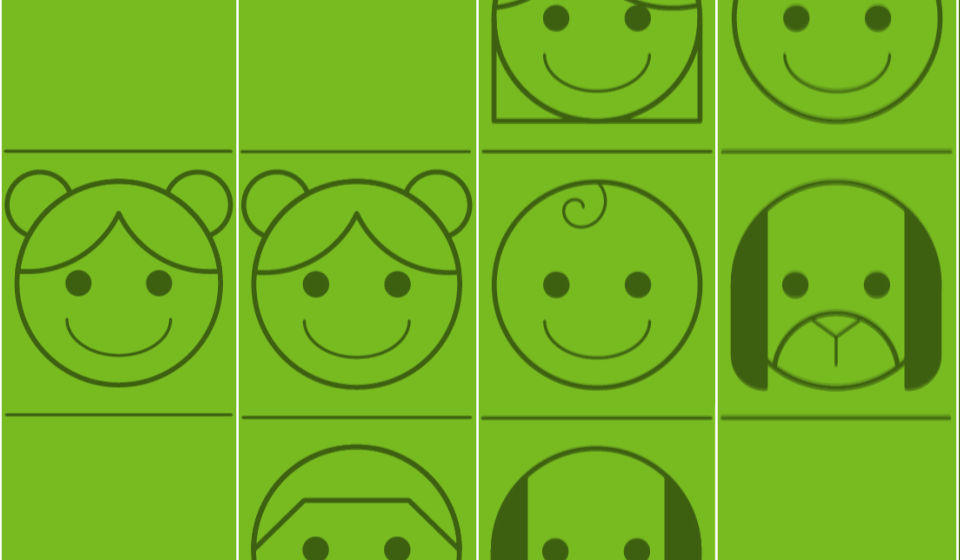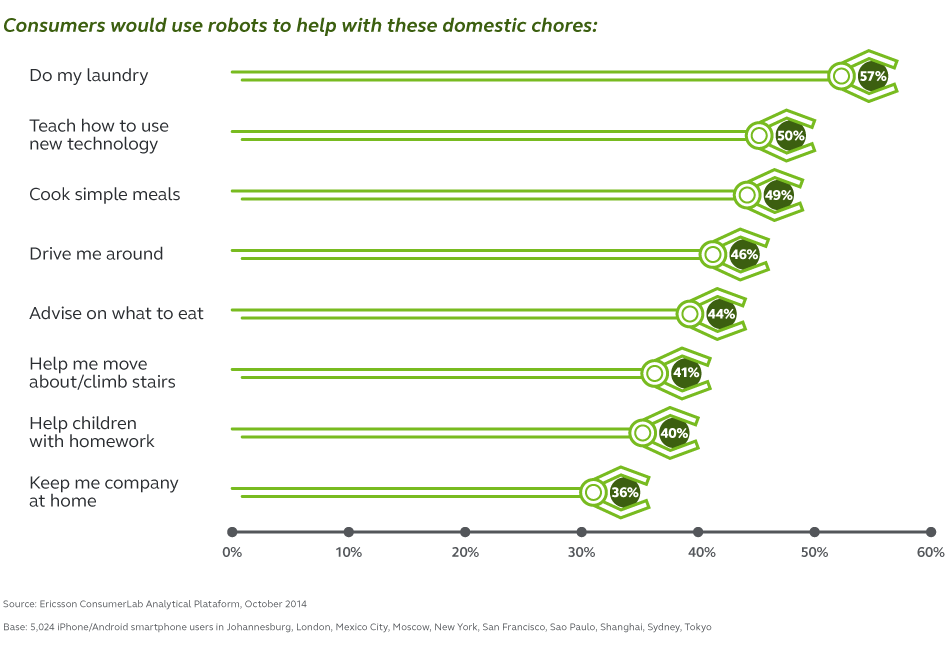CULTURAL INFLUENCES:
ADAPTING TO A NEW MINDSET
In a world where recent grads are struggling to stay financially afloat, millennials are putting off marriage and kids, families are living together longer and seniors are eschewing retirement homes, housing needs are changing.
The upshot is that the market is responding. Design solutions rooted in a deep understanding of shifting market demographics, tenant needs and flexibility are the keys to success.
THE MODERN FAMILY
The extent to which the modern family has become both more complex and more flexible is enough to astonish even researchers who study these cultural dynamics for a living. Understanding shifting demographics, evolving lifestyle preferences and generational needs is vital to residential design that can withstand the test of time.
LIVING WELL
TRIBAL LIVING
GADGETS AREN’T
EVERYTHING
We can’t talk about the latest residential trends without mentioning technology. But don’t mistake that for a discussion of mere gadgets; what’s cool today will be obsolete tomorrow. This is especially true in the luxury market, which often leads the entire industry in of-the-minute tech. Whether it’s intuitive, automatic lighting or integrated, connected security systems, what once was an expensive luxury can now be bought off the shelf. Developers can no longer bill standard tech as a differentiator for luxury apartments, so architects add enough flexibility to the design to make sure tenants can stay as cutting-edge as they want.
Coming Up Next: Residents










